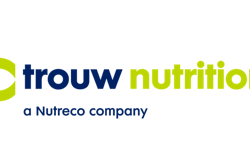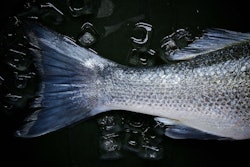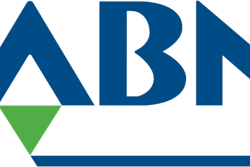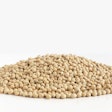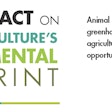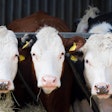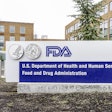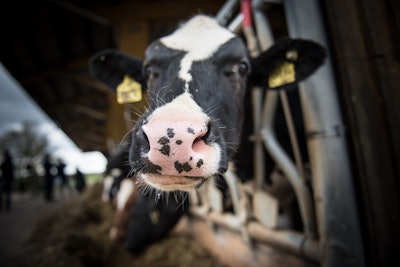
The Institute for Feed Education and Research’s latest动物食品消费报告finds that America’s domestic livestock and pets chowed down nearly 284 million tons of safe, high quality and nutritious food in 2019.
The report also provides expert economic analysis on how the coronavirus pandemic may impact the industry’s growth over the next five years.
In 2017, IFEEDER released first-of-its-kind research that gave the U.S. animal feed industry the most precise, comprehensive analysis of the diverse ingredients used and consumed by domestic livestock.
IFEEDER’s study now includes new ingredients, such as forages and other roughage products, and species, such as dogs and cats, to provide the most accurate picture of the enormous volume of animal food produced annually for America’s farmers, ranchers and pet owners.
In the report, you will learn about the domestic livestock that consume the most feed and projected volume and value of feed for six major categories of livestock and poultry in five years based on expected-case, worst-case and best-case scenarios on COVID-19’s impacts.
The report noted that the top five feed ingredients consumed in 2019 were:
- Corn: 145.0 million tons
- Soybean Meal: 34.9 million tons
- Distillers’ Dried Grains with Solubles (DDGs): 32.0 million tons
- Wheat Middlings and Wheat Bran: 8.0 million tons
- Corn Gluten Feed/Meal: 6.0 million tons
Five states topped the list in tons of animal feed ingredients fed to animals in 2019:
- Iowa: 28.8 million tons, primarily to hogs, beef cattle and egg-layers
- Texas: 21.1 million tons, primarily to beef cattle, broilers and dairy cattle
- California: 17.5 million tons, primarily to dairy cattle and beef cattle
- North Carolina: 16.3 million tons, primarily to hogs, broilers and turkeys
- Minnesota: 14.6 million tons, primarily to hogs, beef cattle and turkeys
IFEEDER’s websiteincludes links to various resources, including the full report, U.S. map, handouts, social media graphics and more. The information is designed to be useful for meetings with regulators and policymakers about the impact the animal food industry has in your state.
IFEEDER will be hosting a member webinar onThursday, March 18, from 2-3 p.m. ETto provide a high-level overview of the data and answer any questions you may have. For more information, contactRob Cooper, IFEEDER’s executive director.
Click hereto register for the webinar.





